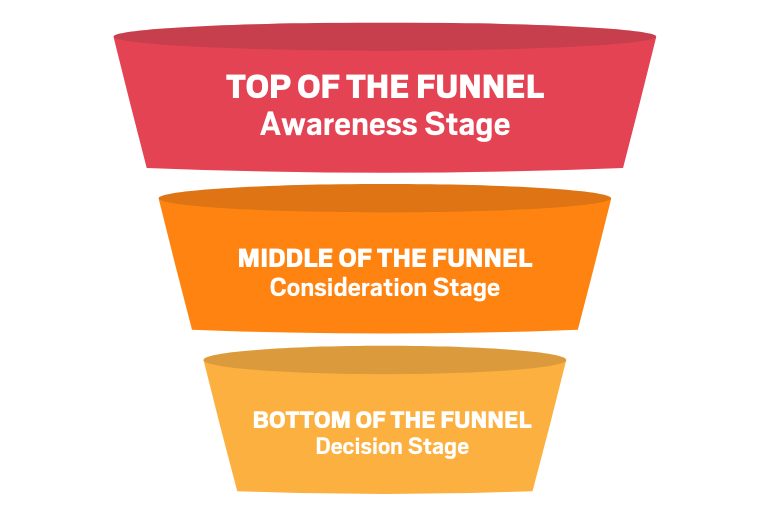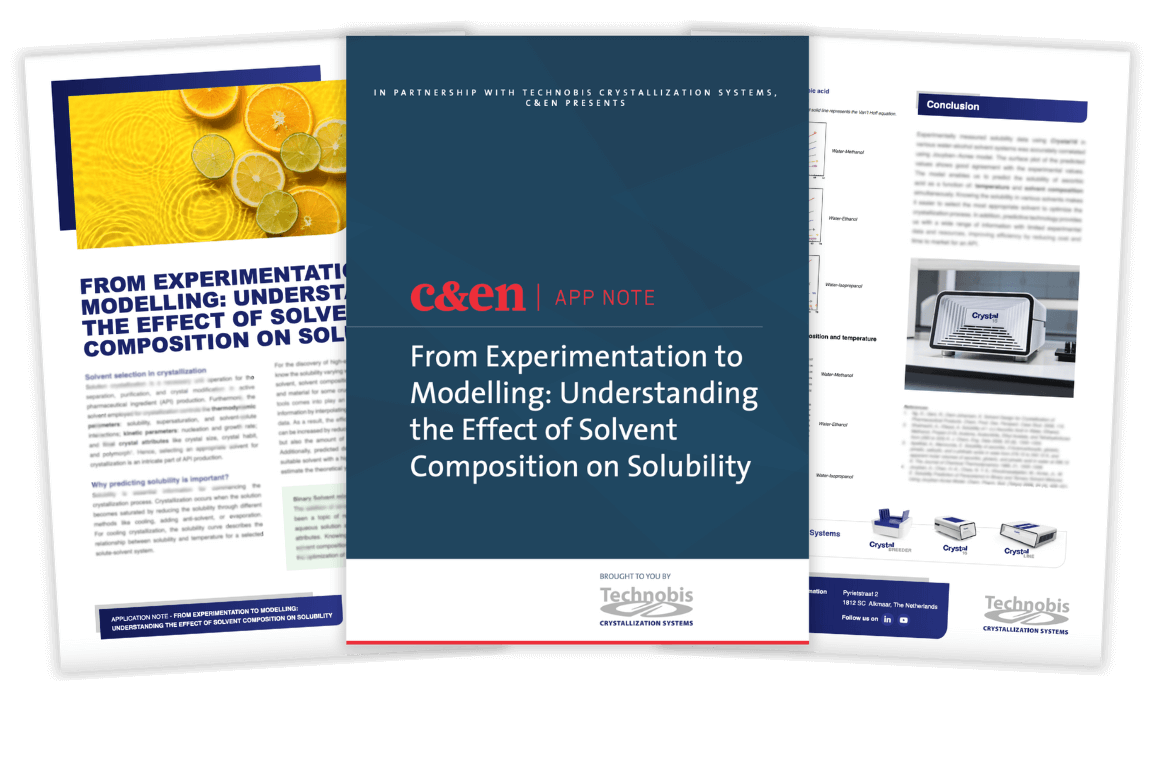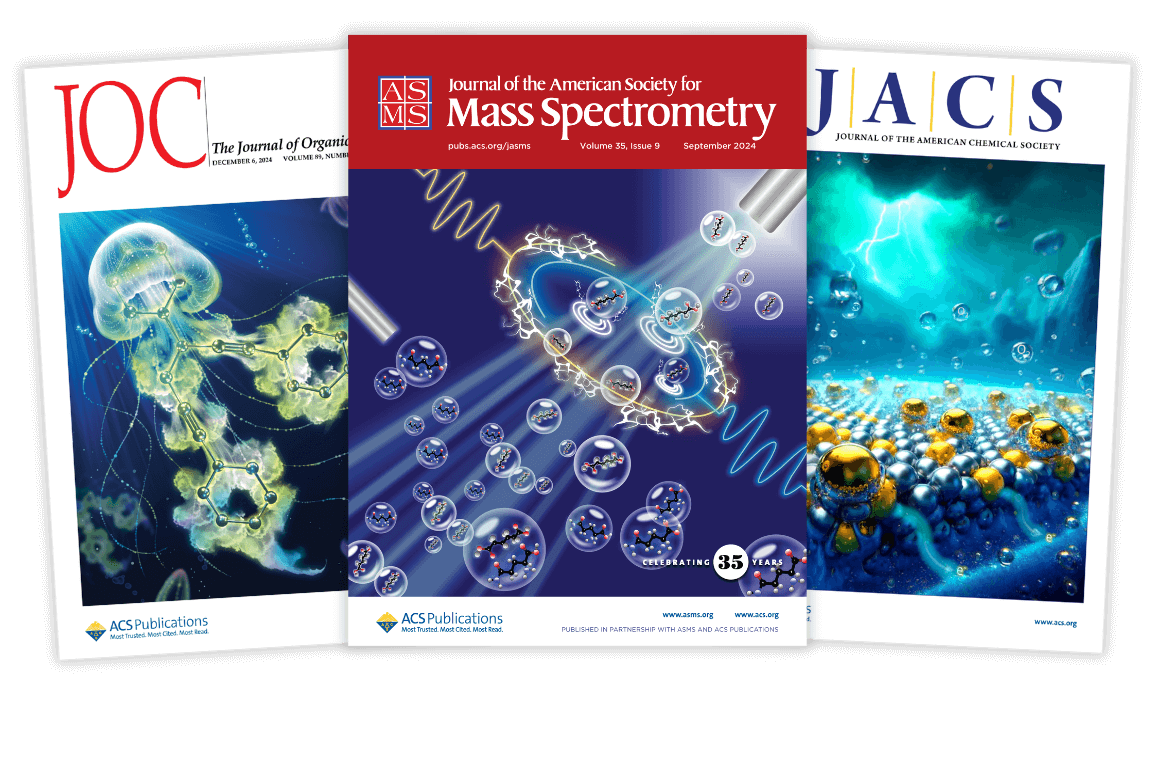Jesse Harris is a Senior Editor at C&EN BrandLab. He has been creating internet content since 2016, and has Master’s degrees in both chemistry and chemical engineering. He loves helping STEM experts communicate their science more impactfully.
Blogging and social media are the foundation of any content marketing program, allowing you to reach your audience in an authentic and accessible way. This is especially true in science content marketing, where you need channels that increase brand awareness and share scientific insights in a bite-sized format.
Every content marketing team needs to invest in social media and blog posts. However, these channels have limits if you are trying to reach expert audiences like scientists or engineers. For example:
- Technical experts want content that feels official and well-researched to make purchase decisions. Blogs and social media may not be taken seriously.
- Once fully engaged, organic content distribution is powerful, but it is slow at first and hard to accelerate without major time investment. Marketers want to be able to spend money to push out a message and generate leads quickly.
- Blogs with strong SEO are excellent as top-of-funnel content but rarely meet bottom-of-funnel marketing goals.
That’s why many science content marketers also use documents like white papers, eBooks, application notes, and academic articles to push their content marketing further. However, making the jump into this type of content can feel intimidating. Which approach will help you reach your goal? What topics fit each format?
This guide will help you take the next step, explaining the advantages and disadvantages of white papers, eBooks, application notes, and academic articles.
An Aside: Science Content Marketing Funnels
Before going further, it is worth reviewing the concept of a “marketing funnel.” Every customer is on a “buyers’ journey,” where they first become aware of your product or service, then consider if they will buy from you, and (hopefully) eventually make a purchase. There have been many models of customer journeys over the years.

While each individual experiences this journey at their own pace, the marketer should see it as a funnel. Many people will be at the “awareness” stage, with fewer people at each lower stage. A marketer’s job is to fill up the top of a funnel and ensure customers continue moving from one stage to the next until they eventually buy.
The “marketing funnel” framework is helpful in content marketing. Top-of-funnel content aims to raise awareness of your product or company to a broad audience. These materials are most effective when they are memorable, emotional, thought-provoking, and driven by story. Bottom-of-funnel content is designed to push people who are considering your product to make a purchase by offering rational arguments of why your offering is worth buying.
Considering marketing funnels and the buyer’s journey is critical when discussing content marketing in science because using the wrong content at the wrong stage of the funnel is ineffective. Highly technical content won’t build awareness, while scientists further along their journey want in-depth information. Keep this in mind when planning your content marketing.
White Papers for Science Marketing
White papers are one of the content formats to try out if you want to expand beyond social media and blog writing. These are usually top- or middle-of-funnel content and are about 5-10 pages long. Scientific white papers will usually have a more formal tone than a blog post (though less formal than an academic article) and will use academic referencing instead of hyperlinks alone.
What topics fit into a white paper? There is a range – here are some examples. Admittedly, there is a lot to process here, but topics often fall into one of the following categories:

- Thought leadership: what trends are worth watching? How does your product fit into those trends?
- Best practices: why is your approach to accomplishing something better than the alternative? It should be high-level or act as a case study, not step-by-step technical details.
- Problem and solution: pick a challenge faced by many experts in the field. Why is this a problem, and how does your product/service solve it?
In all these cases, the white paper should not be overly promotional. Whoever downloaded your white paper wanted to learn about their field or answer a question, not to be force-fed a brochure. Offer real expertise and insight, then connect that to your product – this message will be more compelling, especially for those who haven’t heard about your product before.
Learn more about writing impactful white papers.
eBooks for Science Marketing
What about eBooks? The only thing that content marketers agree on about eBooks is that the name is bad. We cannot agree on how long an eBook should be, what content it should contain, or even how to spell the word (eBook? E-book?). This ambiguity is important because two marketers discussing an “eBook” may have totally different ideas about what this means.
The eBooks we create at BrandLab are like multi-chapter white papers, sometimes with more images, figures, and graphics. They are still centered around one theme but cover a few related topics, making them relevant to a broader audience. Like white papers, eBooks are mainly used as top-of-funnel or middle-of-funnel content.

One example of effective top-of-funnel content is the United Soy Board’s multi-eBook campaign. The goal was to raise awareness of soy-based chemical feedstocks’ versatility, performance, and sustainability. Each eBook explored several products that contain soy using a mix of storytelling and scientific explanation. Readers interested in anything from cars to skin care can find something that resonates with them.
While white papers and eBooks help achieve top- and middle-of-funnel goals, they usually don’t get into the nitty-gritty of technical features for individual products. Luckily, there are other options…
Application Notes: Technical Science Content for Technical Experts
What about lower funnel content? Surely scientists want some technical information to make their purchasing decisions. That’s where application notes come in: these are shorter documents highlighting a specific use case or comparing your product to a competitor.
One of the best uses of application notes is for targeting a specific type of expert. This is particularly powerful in science marketing since many researchers and technologists have specialized workflows. Does your tool have a unique feature for natural product purification, cannabis quality control, or specialty polymer manufacturing? Use an application note to showcase this!

While application notes can be excellent lower-funnel content, they have several limitations. One bottleneck is the attention of subject matter experts (SME). An application note should share something novel or innovative that is relevant to end users. That information only comes from engineers, product managers, or application scientists doing hands-on method development and data gathering.
Good interviewing techniques and editing workflows can reduce the burden on the SME, but you will probably require several hours of their time no matter what. Marketing may be a low priority for these folks, so make sure you set expectations and have buy-in before you start working on an application note.
Beyond the need for SME input, application notes are also lousy for top-of-funnel marketing. As noted earlier, application notes tend to be targeted for a specific group. This is an advantage for bottom-of-funnel content but a disadvantage for top-of-funnel marketing. Application notes generally assume your reader is familiar and invested in the topic, so new contacts will be confused or bored.
In general, application notes should not be the primary focus of your content marketing program. If you create them, ensure they are helping other teams, such as customer success, technical support, or sales.
Academic Articles: Going Big
eBooks, white papers, application notes – these forms of content are standard across many areas of B2B marketing. Is there anything unique to science? Yes, but it isn’t for the faint of heart…
Scientific research is primarily shared through academic articles. If your company has results or data to share that reflect a genuine scientific contribution, you could write a paper! Journal articles are respected and trusted by scientists, so if you can get one published, it could massively boost your credibility. Not only that, researchers seek out academic articles, making this an impactful top-of-funnel resource.
What kinds of advancement could meet the threshold of an academic article? This will vary by journal and discipline, but here are some examples:

- Your product can do something that has never been done before.
- Your product offers substantially better performance than the most popular methods or tools. This should focus on scientific criteria like accuracy and purity rather than efficiency metrics like cost, speed, or ease of use.
- Your team was able to perform some other exciting research using your tool. In this case, your tool would be a supporting character rather than the article’s focus.
However, writing an academic article is a lot of work, and you will need considerable input from your product and research teams. Academic writing is also quite different from typical content marketing since you must go through the peer-review process, which can be slow and cumbersome. You also need a strong fit between the publication and your intended audience to get the full benefit of an academic article.
While a strong journal article can have a massive impact on your business, only consider this if you have academic writing experience or your research team is enthusiastic about the project. A lot can go wrong if you don’t understand the process.
Learn more about publishing with ACS


















